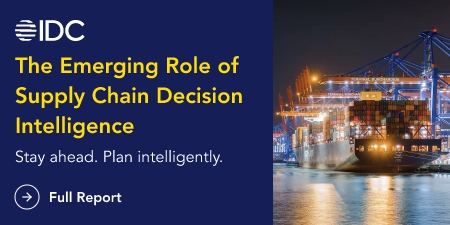
Author: Korhan Kılçar
As if meeting and managing unlimited needs with limited resources is the main concern of economics, in the supply chain, we can call these limited resources constraints. The main constraints in the supply chain process can be time, machinery, capital, stocking area, human resources, the level of knowledge, and infrastructure. Constraints can be divided into two categories: operational and financial.
Examples of some operational constraints include:
- The duration length a machine can operate excluding scheduled downtimes,
- The number of alternative machines that can perform the operation,
- The operation time on the machine per unit,
- The amount of material required to carry out the production,
- The lead time of the material,
- The amount of material that can be supplied daily from the supplier,
- Material and machine-related malfunctions and restrictions.
Constraints such as the material purchasing budget to fulfill the orders and the amount of cash required to ensure the flow of the operation are some examples of financial constraints, which can seriously affect the operation.
Managing the operational constraints in the supply chain in an optimal way can be investigated under two different approaches.
Activating additional resources
We can remove the constraint by activating additional resources and comparing the positive contribution of this additional resource with its cost. For example, we can compare the benefit of overtime, additional shifts, and /or using alternative machine resources from within or outside the company for a machine constraint with its cost. By combining alternative solutions to solve the constraints, we can create an unlimited number of scenarios (purchase from the first supplier for material constraints, overtime 20 hours a week for the machine, or 40 hours a week from the second supplier) and compare them with each other. At the point where the operation is complex and product variety is high, it is almost impossible to manage this scenario manually or with tools not prepared for this purpose.
Directing the resources to the “right” orders
If the resource remains limited, this time it comes to the subject of which orders and products we will use the limited resource for (assigning resources to orders). To make this decision, it is necessary to determine which order, which product has priority, and whether these priorities change over time. When product variety is high, it is important that priority management is done automatically by digital solutions in line with certain rules. These tools should be designed flexibly so that they can be reconfigured quickly, and they work flawlessly again and again according to changing priorities.
Algorithms that will perform these complex calculations are not designed solely for prioritization preferences. One of the important control points of the algorithm is to what extent the resource assignments created for prioritized orders meet the performance indicators. Operational performance indicators such as fulfilling orders fully and on time, minimizing order delays, minimizing inventory costs, and maximizing resource usage affect the results of algorithms. This is where the concept of optimization comes into play.
Even with additional solutions, the constraints can remain as constraints; then it is vitally important for what purpose they will be optimized. In addition, an optimization model that will give satisfactory results in a consistent and reasonable time frame should be preferred. Only in this way can we direct our operational and financial resources in the most correct way in supply chain planning.
ICRON shows you how you can get results when you make different decisions thanks to its constraint management, effective scenario management, advanced analytics, and optimization capabilities. In this way, it allows you to make the most optimal choice by making decisions that you know the results of.
If you would like to see ICRON in action, please contact us. If you have enjoyed this blog, you can find more content that you might enjoy here.













